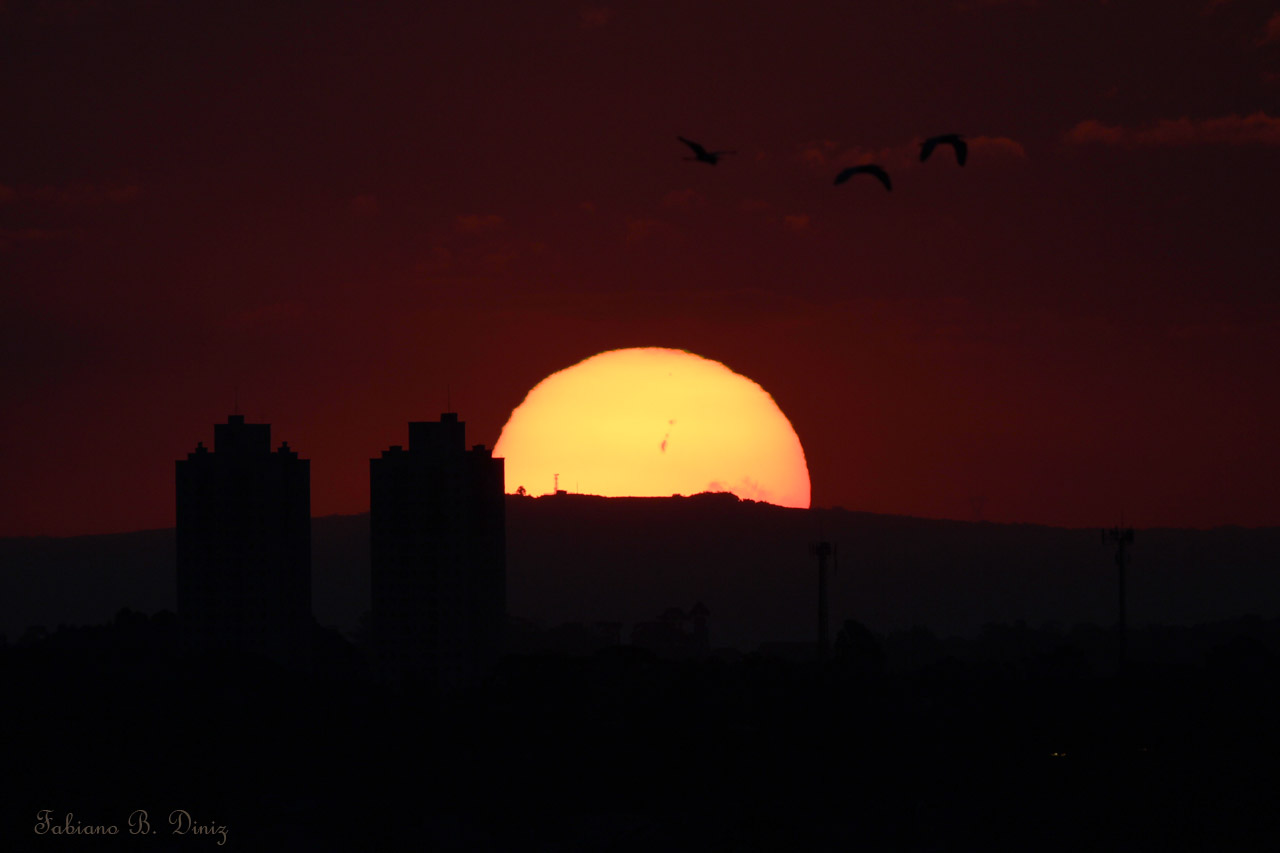Being an Astronomy Major, I've always wondered what this looks like, but could never find a good movie about it... Until now.
Maybe some of you have seen this, I just found it a couple days ago, but thought I would post it here.
Youtube link
Personally, I've watched this 2-3 times already and am in Aw every time I watch it.
So whats your thoughts on this, space, the Worlds Space Programs (NASA, Euro's Space, India, Japan, Russia, etc)? (or questions, I could probably answer them)
Maybe some of you have seen this, I just found it a couple days ago, but thought I would post it here.
Youtube link
Personally, I've watched this 2-3 times already and am in Aw every time I watch it.
So whats your thoughts on this, space, the Worlds Space Programs (NASA, Euro's Space, India, Japan, Russia, etc)? (or questions, I could probably answer them)





